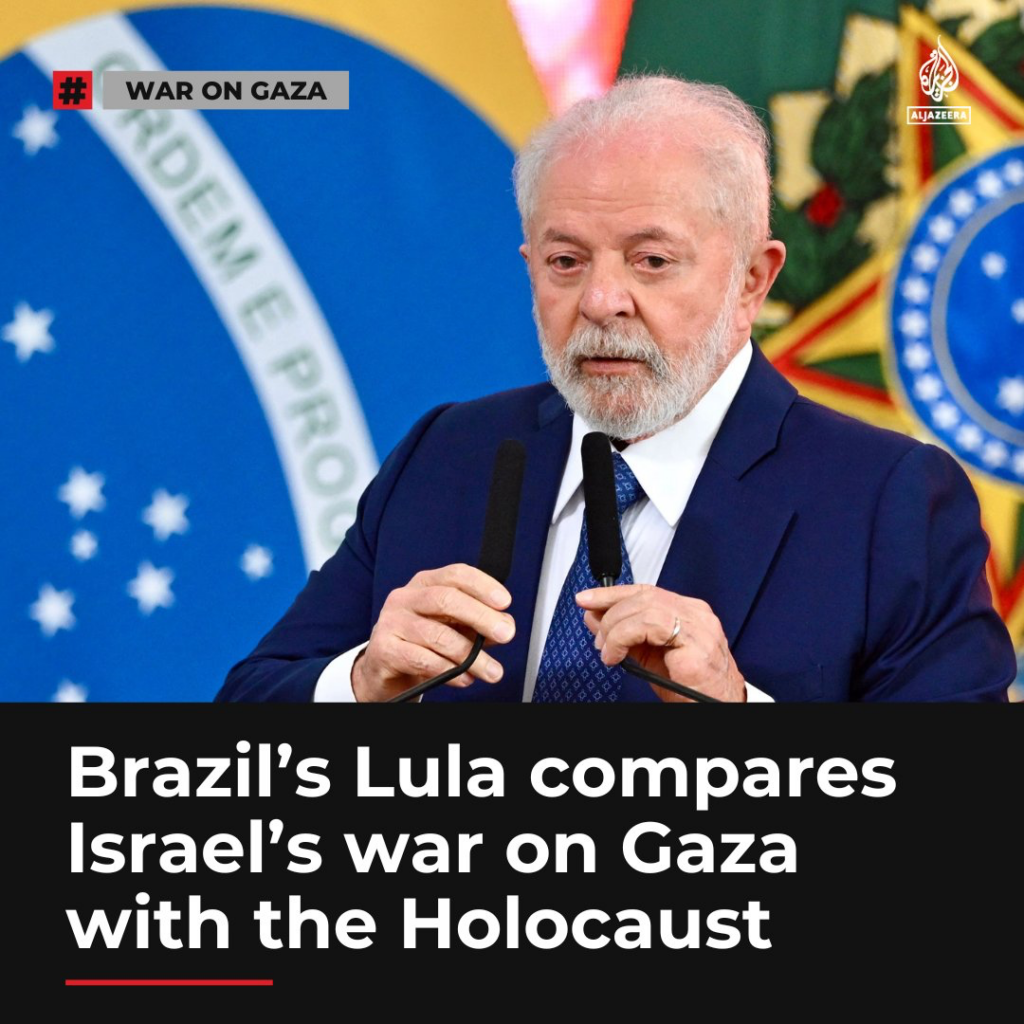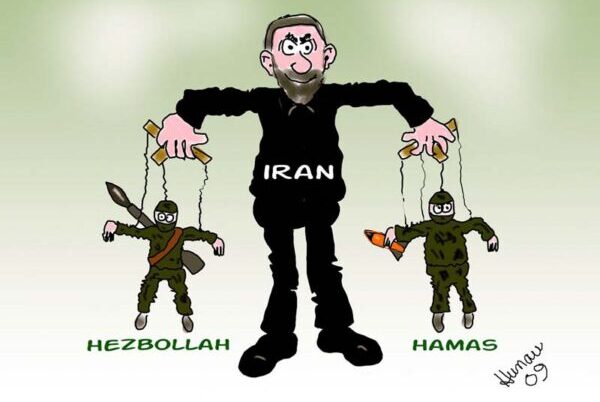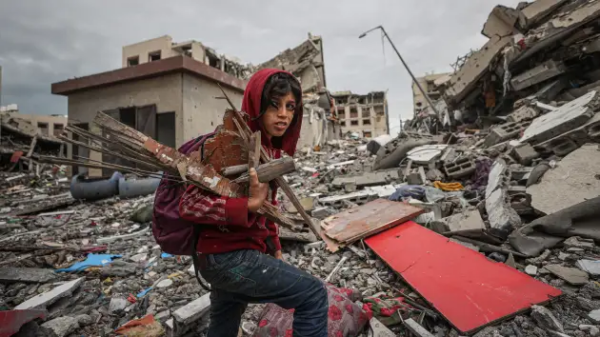File photo : A child walks among the rubble in the residential area known as Juhor ad-Dik, built by the Turkish Cooperation and Coordination Agency (TIKA) and heavily damaged due to Israeli attacks in the southeastern part of the enclave of Gaza Strip on November 28, 2023.
The desire to avert catastrophe in Rafah has given fresh impetus to talks in Paris – and a plan that could lead to peace
Both sides in the war between Israel and Hamas now face a fresh set of fateful choices. The decisions they take in the next two weeks are not only a matter of life and death for many thousands of Palestinians and for the remaining 134 hostages held by Hamas. They also have the power to shape events for years, if not decades to come. The start of Ramadan, on 10 March, is the crucial deadline, and the clock is ticking.
I say “both sides”, though that can easily get forgotten. The Israeli bombardment of Gaza has been so relentless, the destruction so intense and the death toll so high, that many stopped seeing it as a war long ago. It was striking how often in Wednesday’s Commons debate on Gaza before it descended into chaos, the shadow British foreign secretary, David Lammy, had to remind colleagues that they could not simply issue a demand that Israel stop, because “a ceasefire, by necessity, means both sides.”
If the reminder was necessary, it’s because Hamas has become an invisible player in this conflict. That’s true on the battlefield. “They don’t show themselves. They avoid contact. You see the targets for a few milliseconds,” one Israeli reservist who fought in Gaza told my colleague Jason Burke, describing how Hamas fighters would emerge only fleetingly from their vast network of underground tunnels to open fire.
It’s true, too, of the coverage of the war. Israel says that it has killed some 12,000 Hamas men, which would represent about a third of the organisation’s fighting force: Hamas says it has lost half that number. Either way, those thousands of Hamas dead are all but unseen and rarely discussed. The health ministry in Gaza, which is controlled by Hamas, gives a daily total of those slain, often adding that almost all were women and children. The heartbreaking footage that comes out of Gaza matches that account: it shows civilians rather than fallen fighters. Hamas combatants remain out of sight.

And because we stop seeing them, we stop seeing them as having agency – as if they have been merely passive in the horrific events of the last few months, events that were set in train by Hamas’s attacks on southern Israel and its killing of 1,139 Passive is not, incidentally, how many in Gaza are coming to view the organization: there have been reports of anti-Hamas demonstrations breaking out across Gaza in recent days, as protesters make a case distilled most starkly by the analyst Ahmed Fouad Alkhatib, a native of Gaza City, who has lost a staggering 31 family members to Israeli bombs.
Now based in the US, Alkhatib’s condemnation of Hamas’s demands before they agree to a ceasefire is worth quoting at length. Hamas, he says, “is insisting on the full reconstruction and redevelopment of Gaza to what it was before October 7. Why launch a destructive war that annihilates your people and destroys your territories only to demand that Gaza be back to what it was before you dragged Gazans along with your suicidal adventures? You could have had what you wanted simply by not launching a war that you knew would be disastrous.”
Hamas has agency even now. If it were truly horrified by the daily death and suffering of Palestinians in Gaza, as horrified as the millions around the world campaigning for a ceasefire, and if it simply wanted the killing to stop, it could release the hostages it holds, living and dead, agree the exile of Yahya Sinwar, the mastermind of 7 October – and the pressure on Benjamin Netanyahu, inside and outside Israel, to end the war would be such that it would be all but over. The killing would stop. Yet precisely no one thinks Hamas will ever do that. Few even think to demand it.
Instead the focus, naturally enough, is on the stronger party, Israel, which also faces a critical decision. There are negotiations underway in Paris, aimed at brokering a release of the hostages in exchange for Palestinian prisoners held in Israel and an accompanying pause in fighting. But there is an even more momentous choice to be made.
Israel could go ahead with its threat to launch a ground operation in Rafah, the southern border town where the bulk of Gaza’s population – some 1.5 million people – have fled for safety. The IDF would get the satisfaction of taking on what it says are the last remaining Hamas brigades, hiding underground. But the price would be terrifyingly high, incurring either colossal loss of life, an exodus of refugees fleeing into neighboring Egypt, or both. Which is why so many world leaders have been imploring Netanyahu to hold back. It is the desire to avert a catastrophe in Rafah that has, in part, given fresh impetus to those Paris talks.
Meanwhile, another option beckons. Guided by the principle that every crisis is also an opportunity, as well as the knowledge that moves towards peace in the Middle East have often followed the war, the White House is advancing what it is not quite calling the Biden plan. It would see the US agree on a defense pact with Saudi Arabia, in return for which the Saudis would establish diplomatic ties with Israel.

Together the three would form a strong alliance against Iran and its proxies: Hamas in Gaza, Hezbollah in Lebanon, and the Houthis in Yemen. Israel would get what it has sought for decades: formal acceptance across the Arab world and official partners in its core battle against Iran. The price? Israel would have to agree to Palestinian statehood, the pursuit of which is central to the Biden initiative.
Now, of course, there are a hundred reasons to assume this new plan will go the way of all the old ones – and end in failure. Once you’ve counted off all those reasons, I could name a hundred more. But the point still stands. Israel could march into Rafah, cause a humanitarian calamity, and risk being branded a pariah state even by erstwhile friends. Or it could say a tentative yes to the US president, recognizing a truth that is plain to the entire world: that eventually, it will have to come to terms with the Palestinians, that there are two peoples who claim the same small land and that the only outcome that can give both what they need is a state for each.
Israel should seize this opportunity with both hands. Except it is led by a man who has devoted much of his life to ensuring a Palestinian state can never happen: Benjamin Netanyahu. And so he stands in the way of a deal that could not only end the war in Gaza but finally secure Israel’s future. As Nasser Al-Kidwa, Palestinian politician and nephew of Yasser Arafat, put it this week in an interview with an Israeli newspaper, “The situation is a tragedy. But it also carries with it a promise for the future for both nations. The problem is that your prime minister is currently blocking everything.” That’s why Israelis need to be rid of him, urgently, replacing him with a pragmatic leader who can see what Israel’s national interest so clearly demands.
There is a tiny, reed-thin chance that something better might come out of this horror show of a war. To grasp it, the Palestinians need to be free of Hamas and Israelis free of Netanyahu. Every day those men remain in power is a curse on both peoples – who have surely been cursed long enough.
The Guardian

Leave a Reply
You must be logged in to post a comment.